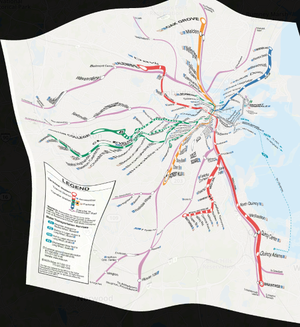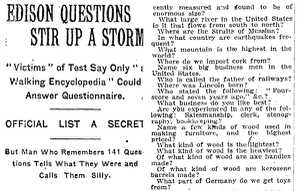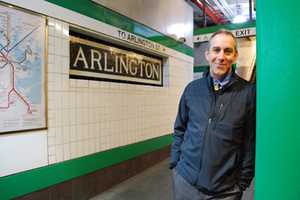The Forgotten Hero of the American Subway
Public transportation wouldn’t be the same without Frank J. Sprague. But most people have never heard of him.
By Doug Most
The world’s first subway opened in 1863 in London. But while the Underground was an unequivocal success at relieving congestion on the city’s streets, it had one enormous, filthy flaw that scared any other city from building another subway for 30 more years.
In 1863, the trains that ran through the London tunnels were steam engines powered by coal, which meant they spewed dark soot and smoke into the air and into the lungs of thousands of passengers every day. The technology of the day didn’t offer a way to run quieter, cleaner, smoother trains through the tunnels; the timing was perfect for an inventor to step up. The second half of the 19th century was filled with engineering brilliance — Bell, Morse, Tesla, Pasteur, Edison — but ultimately, it would be a lesser-known name that ensured the subway’s future.
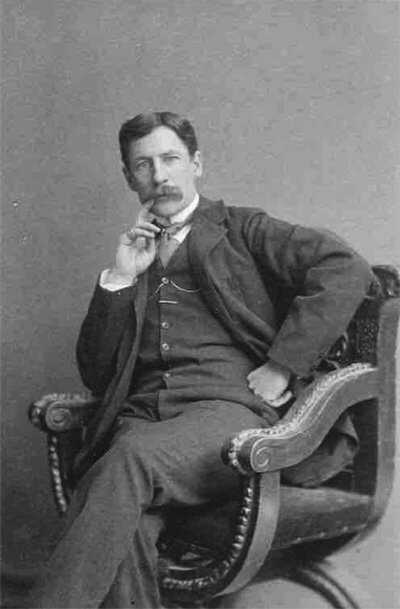
Frank Julian Sprague was born in Connecticut on July 25, 1857. Growing up, he was a smart, studious boy, who loved to draw and tinker. His mother, a schoolteacher, died when he was just eight, but she left no doubt in her son about the value of education. After his father sent him to New York to live with an aunt, Sprague focused intensely on his studies, especially when it came to his favorite subjects — math and science. His high school principal suggested he might thrive at either West Point or the United States Naval Academy. Sprague took his advice to heart; after graduation, he traveled to Springfield, Massachusetts one summer morning to take the entrance examination for West Point.
Or so he thought.
By accident, Sprague found himself starting a four-day exam for the Naval Academy. Rather than panicking and fleeing, he simply scored the highest among the 13 candidates and set sail on a new adventure. “A career afloat was far from my ambition,” Sprague would say later, “but having won out I decided to at least try it.”
But first he needed money. Sprague borrowed $4,000 from a local contractor and a bank, and in 1874 he left for Annapolis. Four years later, he graduated and spent two years out at sea. During his time on the world’s oceans, Sprague kept a detailed journal that included sketches for his ideas on how to create the perfect motor. Ever-industrious, he also wrote stories about his travels and naval adventures that he filed for The Boston Herald. When he returned to land, the young naval officer spent time at the Naval Torpedo Station in Newport, Rhode Island. All the while, he never stopped tinkering.

On October 4, 1881, Sprague filed his very first patent for an idea he called a “Dynamo Electric Machine.” He applied to show it at the prestigious Paris Electrical Exhibition, but was rejected. In 1882, his ship landed in Europe and he requested a three-month leave so he could make his way to London. The trip would be hugely consequential for two reasons: First, Sprague would ride the Underground, and its obvious shortcomings would prompt him to move even more aggressively on his electric motor idea. Second, he would meet Edward Hibbard Johnson in a chance encounter at the famous Crystal Palace.
Johnson worked for Thomas Edison and had an eye for talent. Like Sprague, Edison believed the potential uses for electricity were endless, and he employed a number of bright engineers to help with Edison’s electricity experiments. After repeated prodding from Johnson, Edison hired Sprague. They worked together for a year before Sprague, worried that any invention he patented would be credited to Edison, branched out on his own.
In November of 1884, Sprague gave himself a salary of $2,500 and incorporated the Sprague Electric Railway & Motor Company, with a budget of $100,000. At the time, Sprague was still a single man, but in the spring of 1885 he traveled to New Orleans, where he met a beautiful, younger woman named Mary Keating. Soon they were married. The Daily Picayune’s society column described his bride as one of the city’s “loveliest and most charming girls.”
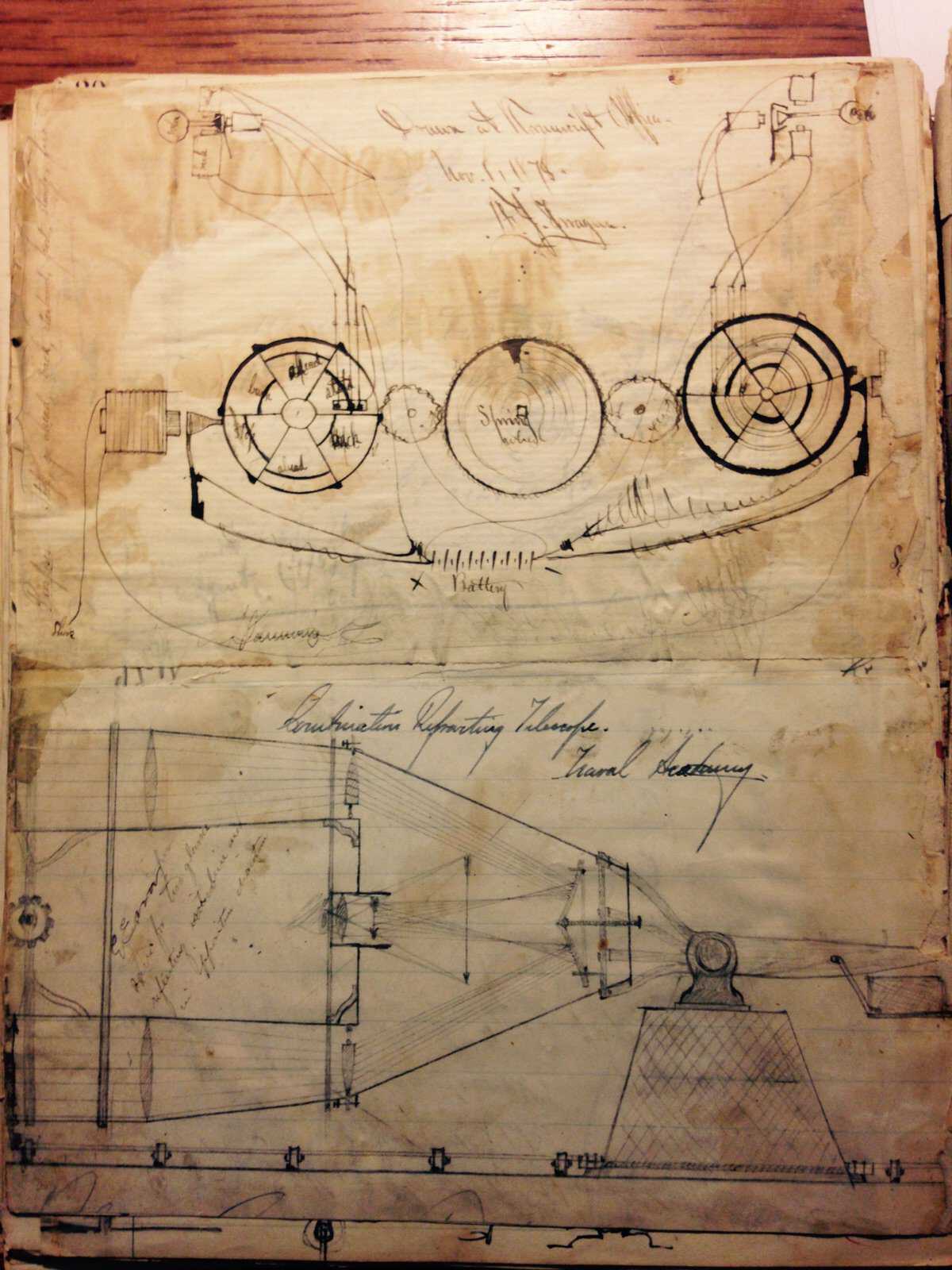
She would need her charm to make new friends because back in New York, Sprague essentially disappeared, obsessing over his electric motor, perfecting it until he got it right.
Sprague displayed his motor for the first time at the International Electrical Exhibition in Philadelphia. It produced no sparks. It could operate at a constant speed for long stretches, whether it was pulling 20 pounds, 200 pounds, or more. When Sprague’s idol and mentor Thomas Edison visited the exhibition and saw Sprague’s motor, he had one thing to say: “His is the only true motor.” Edison believed that Sprague’s invention could not only power a big city’s streetcars, but was ultimately the future of the subway.
He was right. Sprague’s motor would first find success in Richmond, Virginia; in the late 1880s, it would electrify the streetcars of Boston. That change, from horse-pulled streetcar, to motorized streetcar, rather than a coal-powered steam train, was the turning point that pushed Boston to dig under its streets and open America’s first subway on September 1, 1897.
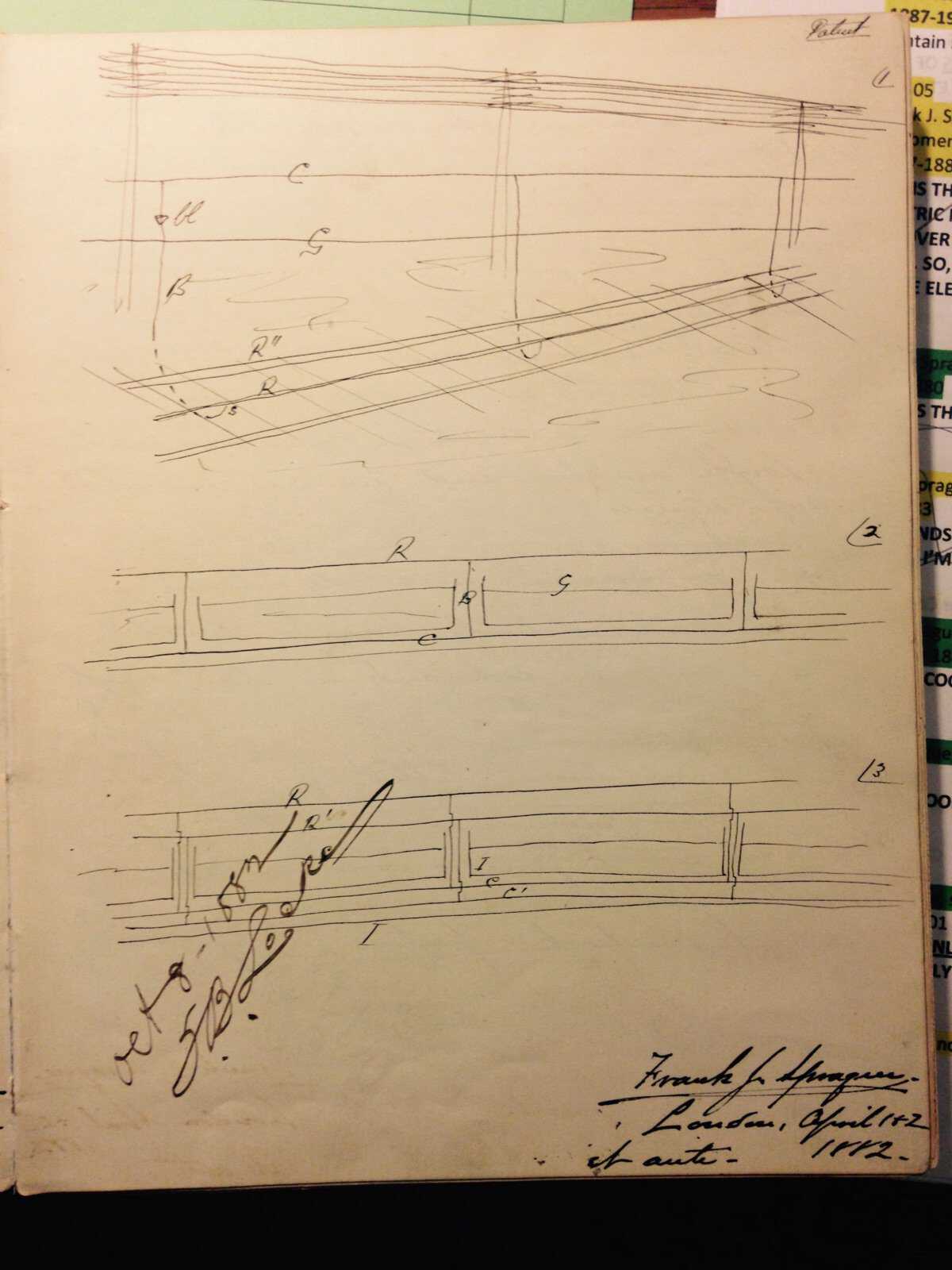
But Frank Sprague’s legacy was almost forgotten. He died on October 25, 1934, and the shadow of Edison proved difficult to escape. The two men feuded over whose breakthroughs in electricity were most pivotal in the development of the electric motor. After Edison was awarded the Congressional Medal of Honor, Sprague actually took the fight to Washington, arguing that any overstatement or inaccuracy in listing Edison’s achievements would be a disservice. But the reply he received stated that “Edison deserves every sort of exaggeration.”
It was only after Edison himself died in 1932 that someone tried to resolve the dispute between the two engineering giants. Frank Sprague’s second wife and widow, Harriet, had published a short biography of her husband. The title? “Frank J. Sprague and the Edison Myth.”
Doug Most is the author of The Race Underground. To learn more about Doug, visit dougmost.com.




